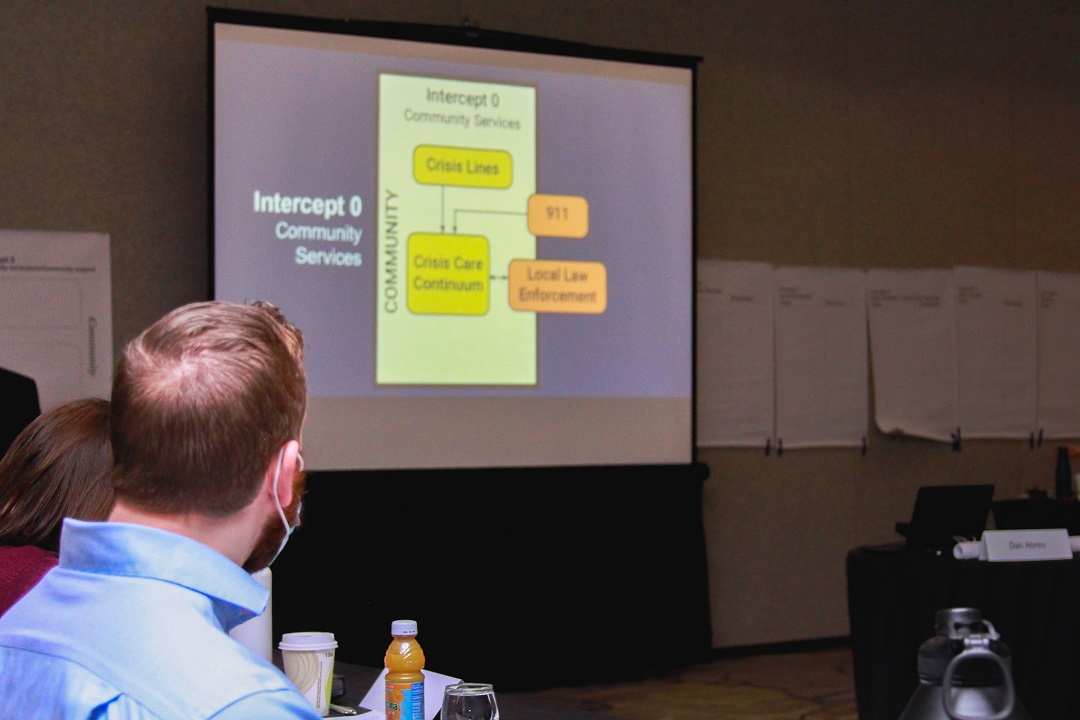Prompted by heightened cries for police reform across the United States, many jurisdictions made significant changes to local law enforcement budgets in 2020-2021, including allocating or reallocating funds to community-based services for individuals with behavioral health needs. These changes often focused on creating or expanding alternatives to a default law enforcement response in cases where staff with more specialized and relevant training could meet needs more effectively.
Much of our work at PRA focuses on the intersection of the criminal justice and behavioral health systems. Our conversations with cities and counties during in-the-field trainings and technical assistance events frequently include discussion of the role law enforcement has and can play within this intersection. The historical merging of law enforcement roles of civil response (as guardian or legal protector) and public safety (as warrior or enforcer) poses challenges when communities wish to explore alternative response options. When officers respond to calls for service involving individuals experiencing a behavioral health crisis, the calls are often related to unmet treatment needs, as opposed to major crimes or violence. However, in most communities, calling 911 and facilitating a response by law enforcement is the first, and sometimes the only, option available.
The Sequential Intercept Model, or SIM, is an ideal tool for communities to use to facilitate cross-stakeholder strategic planning and advance community-based solutions for people with mental health and substance use needs. The SIM recognizes that law enforcement plays a dual role across Intercepts 0 and 1 (Community Services and Law Enforcement, respectively—see image below), and is often the first to respond to individuals in distress. During PRA’s SIM Mapping Workshop, a group of representatives including law enforcement and community-based behavioral health services meet together to assess available resources, determine gaps in services, and plan for community change.
While changes to local law enforcement budgets has been a headline-catching focus over the last 2 years (for a more robust overview and analysis of the migration of law enforcement funding from 2020 through December 2021, see What Happened to Defunding?), we continue to stress the question of “divert to what?” (or more specifically here, “defund to what?”) in our work with local jurisdictions. It is vital that we acknowledge how the steady defunding of public institutions, including housing, health care, and education over the past several decades have led to increased demand within Intercepts 0 and 1. True system change will only be achieved by providing the adequate funding and infrastructure necessary for a continuum of behavioral health options, tailored to a variety of needs.
As communities use the SIM and Mapping Workshop to reimagine their local response systems, they should lay the groundwork for both first response and potentially a second response, examine local gaps and resources to determine what services are available, or can be, and determine whether people know how to access those services without a call to police. It is also essential that data-driven evaluation efforts are funded and lead to publicizing what is working across various communities and diverse populations, to improve public safety and public health for all.



